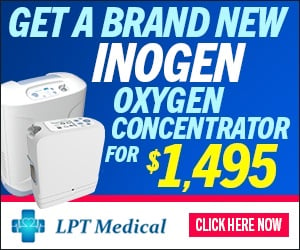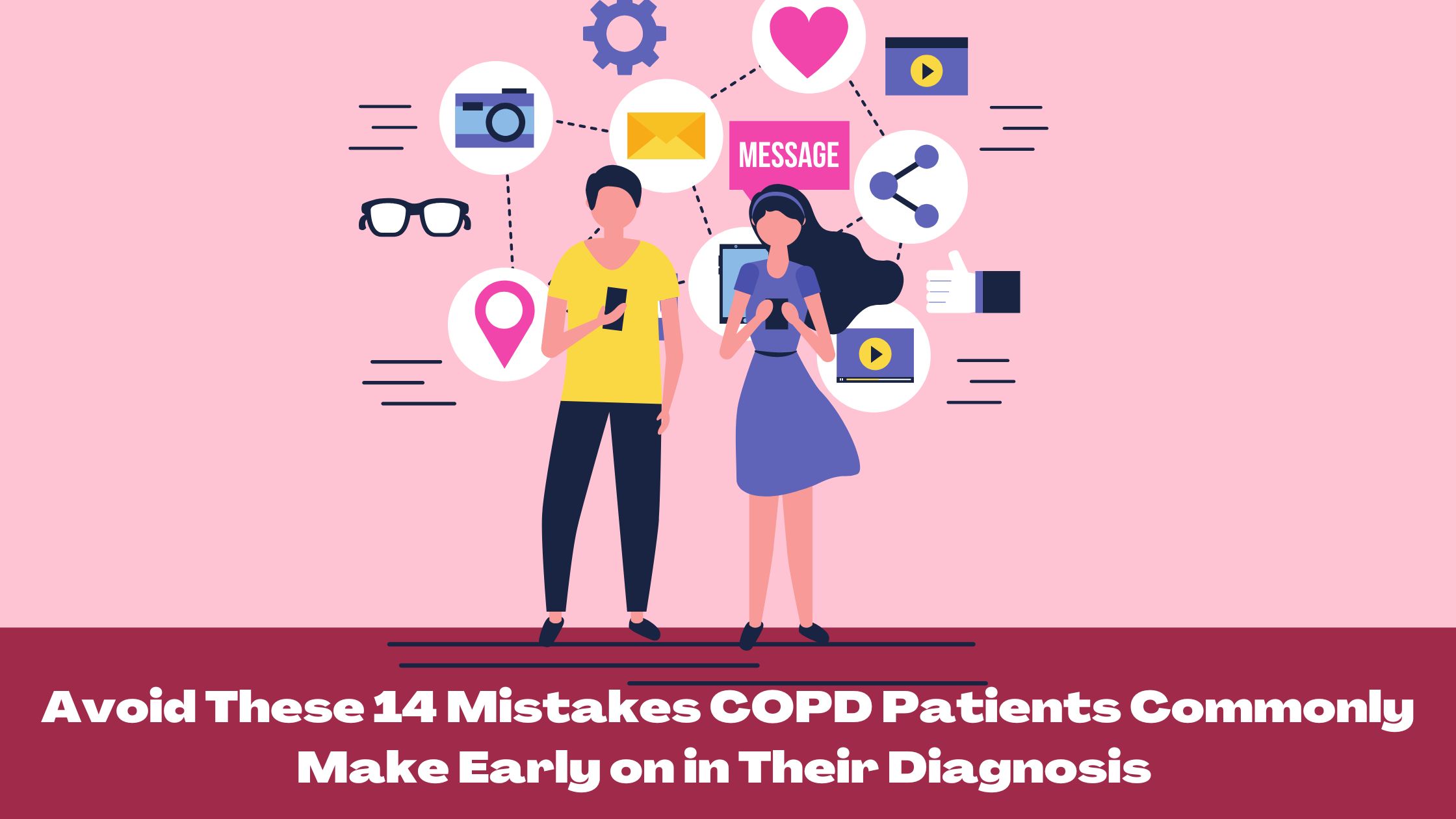
Are you newly diagnosed with COPD? Do not make these common mistakes, read this post to learn about what and how to avoid complications early on!
Getting diagnosed with COPD can seem overwhelming, especially when it catches you by surprise. It's often even more overwhelming to get used to all the new treatments, medications and lifestyle changes required to keep your lungs healthy, especially while you're still trying to come to terms with your diagnosis.
As a chronic disease, COPD requires constant work and careful decision-making to keep the symptoms under control. Because of this, it's no surprise that new COPD patients make a variety of mistakes that can affect their health and well-being.
Between making changes to your diet, exercise routine, medications, and many other activities of daily life, there are a lot of opportunities for error. As you adjust to life with COPD, it's important to avoid making mistakes that could serious consequences for your health, or at least catch and correct them early on.

That's why you should learn and pay attention to the mistakes that other new COPD patients tend to make. It helps you learn more about your disease, what to look out for, and how to keep your body and lungs as healthy as possible.
In this guide, we're going to help you avoid common pitfalls by showing you the mistakes that new COPD patients frequently make. Along with each mistake we've provided solutions so you'll know how to avoid that mistake and do the correct thing instead.
By taking the time to learn from others' mistakes, you'll be much less likely to encounter the same problems yourself. In the next sections, we'll give you all the information you need to avoid falling into the same pitfalls that other patients end up in.
However, it's important to remember that mistakes and struggles are inevitable as you adjust to the many changes that getting diagnosed with COPD brings. But if you educate yourself now, you can easily correct these mistakes and avoid serious problems that could permanently affect your health.
A major part of keeping your lungs healthy and keeping your COPD under control is learning everything you can about your disease. It also means being an active, motivated participant in your treatment and knowing what you shouldn't do just as much as the things you should.
The Mistake: Not Using Your Inhaler Correctly
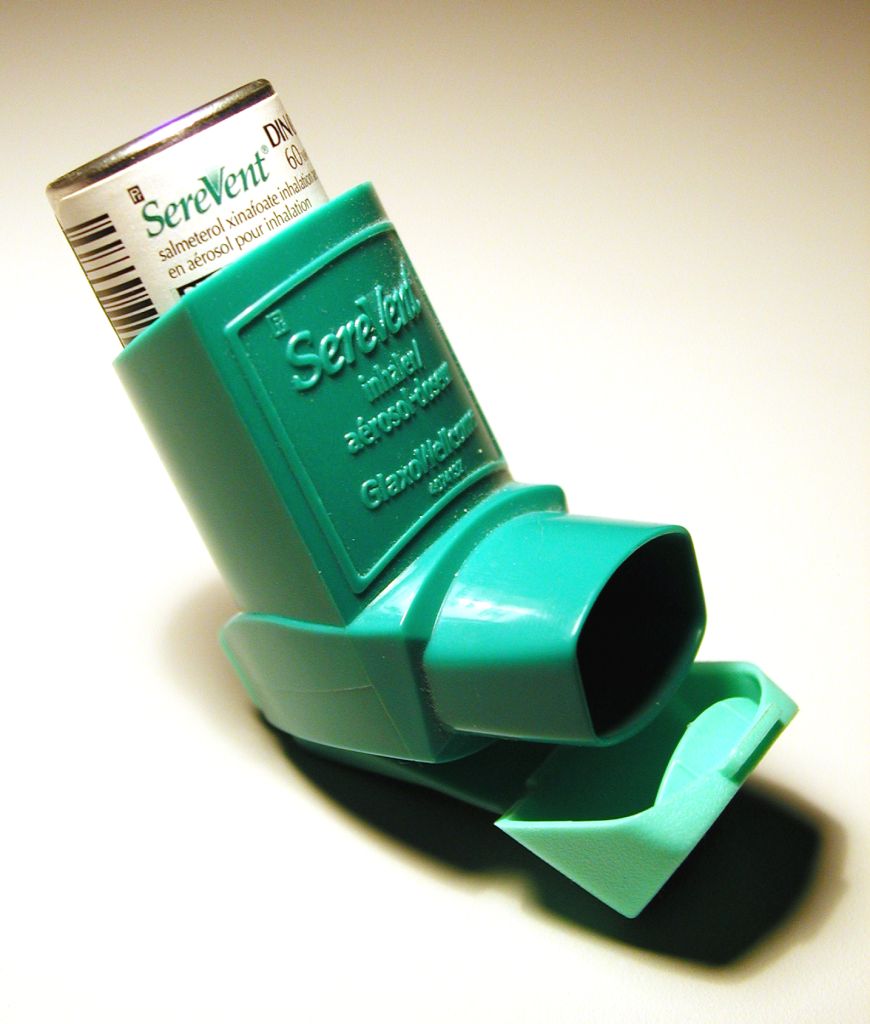
While inhalers may seem like fairly straightforward devices, a surprisingly large percentage of patients don't use their inhaler correctly. This happens to many patients who never learned the proper technique or forgot the correct steps over time. Other patients get too complacent or careless and skip steps to save time, not realizing each step is important.
Most of the mistakes patients make with their inhalers have to do with preparing the inhaler and using the right breathing technique. This is a serious problem, since these steps are necessary for getting the medication into the lungs where it needs to work.
Unfortunately, many doctors don't do their due diligence in training their patients to use their inhalers correctly. Even though doctors are supposed to check patients' inhaler technique at every appointment, it is often rare for them to take the time to do it properly in practice.
It doesn't help that many doctors don't even know proper inhaler technique themselves, meaning they can't give their patients adequate instruction. Luckily, the medical community has recently acknowledged the extent of this problem and is making efforts to raise awareness among doctors to correct it.
Here are some of the common mistakes to look out for:
- Not shaking the inhaler before each puff
- Not exhaling fully before using the inhaler
- Not holding the inhaler in the correct position
- Not timing your inhale with the spray from the inhaler
- Not inhaling deeply enough
- Not inhaling slowly enough
- Not holding your breath after inhaling the medication
- Inhaling through your nose instead of your mouth
Making any of these mistakes can result in getting too little medication or none of the medication that you need. This can be very dangerous when you suffer from COPD, because you need your full dose to prevent serious symptoms and exacerbations.
The Solution: Learning Proper Inhaler Technique
Because all inhalers are different, the only way to ensure that you're using your inhaler correctly is to re-read your inhaler's instructions and re-evaluate your technique. That means going over all the steps and guidelines in the information packet that comes with your medication.
This is important whether you're a newly diagnosed COPD patient or you have been treating your disease for some time. No matter how well you think you know it, it never hurts to double check.
You should also take your inhaler with you to every doctor's appointment so you can show your doctor exactly how you usually use it. That way, your doctor can identify any mistakes you make and show you the correct technique.
Every time you use your inhaler, make sure you follow every step and don't rush or cut any corners. Don't forget to shake or prime your inhaler if needed, and always remember to exhale before using it.
Timing your inhale with the spray from your inhaler is extremely important, but also difficult, which is why this step tends to cause patients the most problems. It may take some practice to time correctly, and you may need to use a spacer attached to the mouthpiece to help you do it right.

Studies show that when you inhale too early, then you only get about 35% of the full dose you're supposed to get. If you inhale to late, however, you end up spraying the medication in your mouth and throat instead of inhaling it into your lungs. This makes the medication ineffective and puts your lungs at risk.
To make sure you inhale at the right time and get the full dose, start breathing in slowly just before you press the button to release the medicine. Continue inhaling slowly and deeply as you feel the spray to draw the medication all the way into your lungs.
Remember that inhaling the medication isn't the last step; you still have to hold your breath to keep it in your lungs. Most recommend holding your breath for about ten seconds, then you can slowly and gently exhale.
If you are using an inhaler that contains steroid medications, then you still aren't done quite yet. To prevent the medication from drying out your mouth and throat, you need to rinse your mouth out with water before you're done.
If you ever have any questions or concerns about using your inhaler, don't hesitate to talk to your doctor. You can also ask your pharmacist to demonstrate how to use your inhaler(s) or to answer any other questions you have.
You can also find tips and information online for a variety of different types of inhalers. However, this should never be a replacement for the information you can get from your doctor and prescription information.
The Mistake: Not Knowing When to Take Which Medications
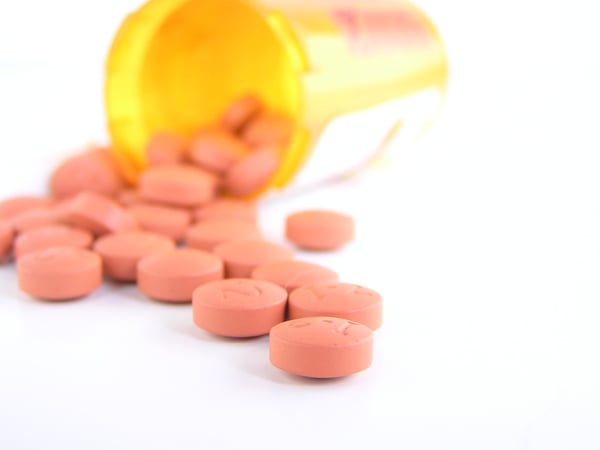
Nearly all COPD patients take two major types of medications: maintenance medications and quick-relief medications (also known as rescue medications). Both medications are delivered via inhaler, which is why patients sometimes get them confused.
This can be dangerous, because you need to use both medications correctly in order to treat your COPD effectively and keep your symptoms under control. Mixing up the two medications or forgetting to take them at the right time could make your symptoms worse or cause you to have a serious COPD exacerbation.
Other medications can be confusing to use, too, especially if you are only supposed to take them on certain occasions. For example, many doctors prescribe oral antibiotics and steroid medications for their patients to use as needed to prevent and treat COPD exacerbations.
The Solution: Following Your COPD Action Plan

Every COPD patient should get a COPD action plan from their doctor shortly after getting diagnosed. If you haven't received one yet, ask your doctor to work one up for you, as studies show that they help patients better manage COPD at home.
A COPD Action plan acts like a set of guidelines for you to follow based on how bad your symptoms are from day to day. For example, most action plans have three major “zones” that correspond to the severity of your symptoms; the first zone is for when you are feeling fine, the second for mild flare-ups, and the third for more serious symptoms and complications.
Click here to see what a sample COPD action plan looks like.
Every day, you should evaluate your symptoms to determine what “zone” to look at. Then, you simply follow the instructions in that zone for what medications and what doses you should take. Most action plans also include guidelines to let you know when its safe to exert yourself and at what point you should call your doctor when your symptoms flare up.
Because most COPD patients have several different medications to keep track of, it's extremely important to take the time to learn all of the important facts about each of your medications. That includes learning their full names, what they look like, and what you are supposed to use them for.
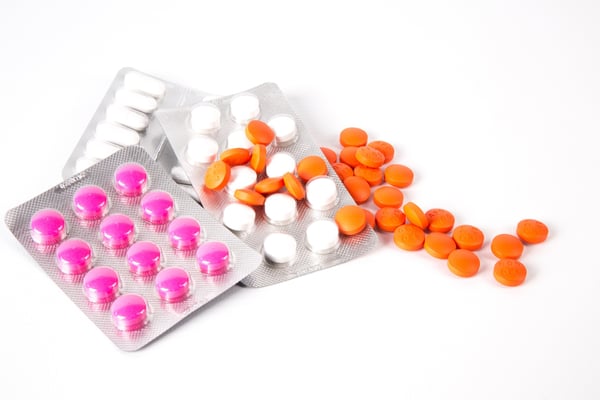
This ensures that you can match your medications with the instructions in your COPD action plan and use them exactly as your doctor directs you to. It also makes you much less likely to mix your medications up, take them at the wrong time, or forget about them altogether.
You should also bring a complete list of your medications with you anytime you go to the hospital or doctor's office. This will make it easier for the medical professionals who look after you to ensure you get the best treatment possible.
It is also important to bring this list with you whenever you travel, especially if you will be taking your medication with you on a bus, train, or airplane. You may need to present your list of medications to travel personnel, and it will come in handy if you need medical attention while you're away from your regular doctor.
The Mistake: Not Quitting Smoking
One of the most important things you can do for your health when you have COPD is to stop smoking. Unfortunately, too many patients believe it's too late for them to quit and continue to smoke even after their COPD diagnosis.
The thing is, even after you've developed COPD, there are still enormous benefits to quitting. In fact, having COPD makes it even more imperative to quit, since continuing to smoke can cause your disease to rapidly get worse.
COPD is a result of reduced lung function, often due to smoking, but continuing to smoke after COPD has set in will only harm your lungs even more. Smoking causes you to lose lung function at an accelerated rate compared to COPD patients who are able to quit.
Reduced lung function will make it even more difficult to breathe, do physical activities, and can significantly reduce your quality of life. If you quit, however, you may even see an improvement in your COPD symptoms, and you can enjoy the lung function and lifestyle you have for much longer.
While quitting smoking cannot reverse the damage that's already been done to your lungs, it can slow down the damage from getting worse. It can also increase your lifespan and reduce the number of exacerbations, flare-ups, and hospitalizations you experience because of your COPD.
Don't forget that quitting can reduce your chances for a variety of other serious health problems as well. For example, you can significantly reduce your risk for heart disease, lung cancer, and stroke if you successfully quit smoking.
The Solution: Making the Decision to Quit

It's important for every COPD patient to understand that it is never too late to quit smoking. Whether you are 25 or 65, you can improve your health and possibly even your lifespan by making the decision to quit today.
It's not an easy decision to make, and it's even harder to actually follow through. However, every year at least 350,000 smokers in the US are able to quit completely, and there's no reason why you can't be one of them.
Although quitting is hard, there are many things you can do to increase your chances of success. For example, using a quit-smoking medication or joining a quit-smoking program can make your quit attempt more likely to succeed.
When you make the decision to quit, remember that you are not alone and there are many ways to get support. First, you should talk to your doctor to see what kinds of medications and support programs are available to help you.
You may want to try nicotine replacement therapy, which is proven to increase smoking cessation rates. There are many different forms available, too, including nicotine gum, skin patches, tablets, oral sprays, and inhalers.
For more information on how to quit smoking, visit the CDC's website for a variety of helpful links and resources. You can also find helpful quit-smoking tips from the American Lung Association's website or from smokefree.gov.
Don't be discouraged if your first, second, or even tenth attempt to quit smoking ends up failing. It takes most smokers at least six attempts to quit smoking, and sometimes up to twenty, before they are able to quit long-term.
As the CDC puts it, “Quitting smoking is a marathon, not a sprint,” and you have to be in it for the long term if you truly want to live smoke free. Even though it is a long and difficult process, it is more than worth the benefits you will receive through improved health, reduced COPD symptoms, and your overall quality of life.
The Mistake: Not Eating a COPD-Healthy Diet

In order to keep your lungs and the rest of your body strong, you need to feed them the nutrients they need. That means eating a healthy, balanced diet every day to give your body fuel to work as efficiently as possible.
Unfortunately, many new patients find that controlling their weight and eating healthy foods is difficult with COPD. The disease can make it difficult to exercise and prepare healthy meals, both of which are vital for a healthy lifestyle.
COPD can make it difficult to lose weight and difficult to gain weight, which is why some patients struggle with being underweight while others struggle with obesity. Either situation is bad for your health and can make it more difficult to breathe.
If you get too few calories and nutrients, then your lungs won't have enough fuel to keep up with your body's needs. However, eating too much and gaining weight puts extra strain on your muscles and lungs, which can also make your COPD symptoms worse.

Also, because COPD makes your lungs less efficient, it means they have to work harder than healthy lungs in order to get enough oxygen to your body. This means that COPD patients need more calories and more nutrients to fuel the needs of their lungs and breathing muscles.
Another danger that many new COPD are unaware of is eating a diet that's too high in carbohydrates. Carbohydrates actually put extra strain on your lungs when digested, because they release large amounts of CO2 that then has to be processed through your lungs.
The Solution: Eating Whole Foods and Balanced Meals



